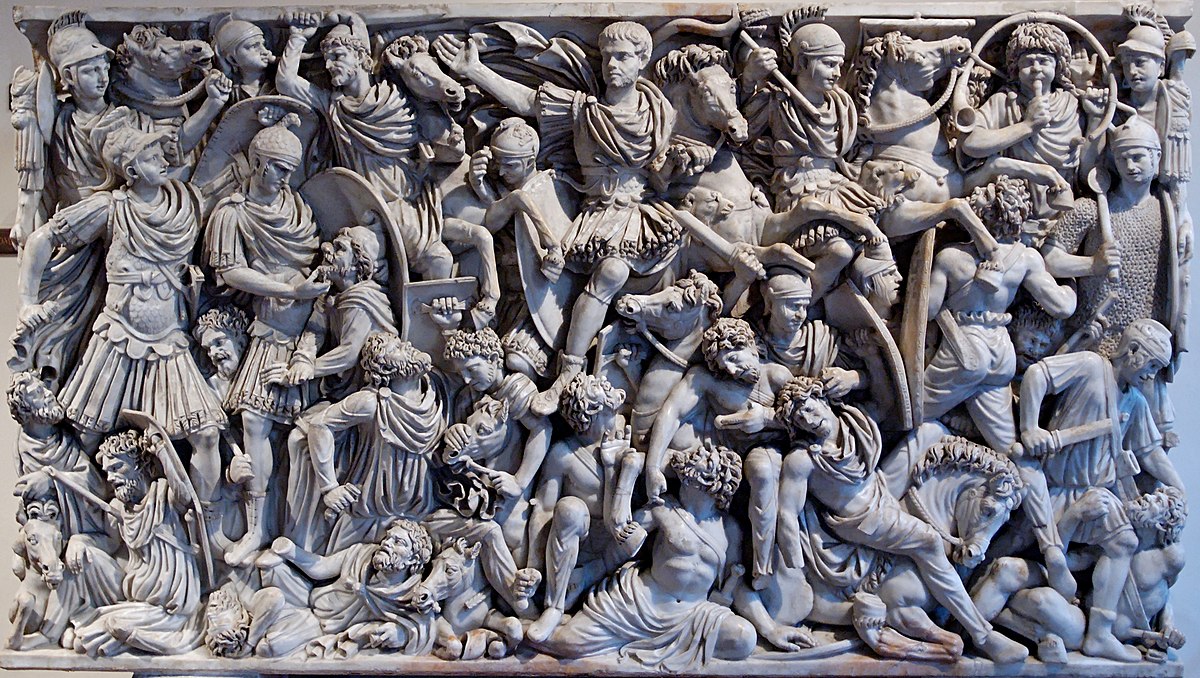Parthenon Frieze
443 and 437 BC
Of the 160 meters (524 ft) of the original frieze, 128 meters (420 ft) survives—some 80 percent.
Ludovisi Battle sarcophagus
1.53m in height
Proconnesian marble
AD 250–260 from a tomb near the Porta Tiburtina
Dynasty 18, 1479-1458 BC
Limestone
Thebes
Thebes
33 x 58,5 cm
Ancient civilizations such as the Roman, Greeks and Egyptians are known for their contributions to society today. Some of these contributions are seen through different types of government for example the Greeks founded the concept of democracy where as the Egyptians ran their government as a hierarchy. Examples of their different cultures can also be seen in their architecture for example the greeks had structures such as the parthenon, the egyptians had the pyramids and the romans had the colosseum. These cultural ideals are also depicted in their art. The three works of art that I chose to analyze from each ancient civilization are the following: Parthenon Frieze (ancient greeks), Ludovisi Battle sarcophagus (ancient rome), and a relief from the temple of Hatshepsut depicting soldiers during the “Beautiful feast of the Valley”.
By looking at these three works of art one can tell that the major similarity they have in common is that they are relief sculptures. This means that it’s any work that projects from yet belongs to a wall. Because they are all ‘part of a wall’ we know that the material are from rocks/stone. However the types of stone vary because of the region in which the art works were created. For example the roman art work was made from Proconnesian marble where as the Egyptian art work was made from Limestone. Also when one looks at the years in which the art work was created we can visually see the evolution of how the relief sculptures appear as if they are coming out of the wall versus being a part of it. The last similarity that we see is that all three art works depict soldiers however what sets the greek and roman sculptures apart from the egyptians is that the soldiers appear more realistic however the greek and egyptian soldiers give the humans an image of divinity and superiority in contrast to the roman soldiers depicted in battle making them appear more flawed.




Hi Abby,
ReplyDeleteOK, good- but spend more time actually describing the artworks, i.e. scale, physical characteristics that define the style